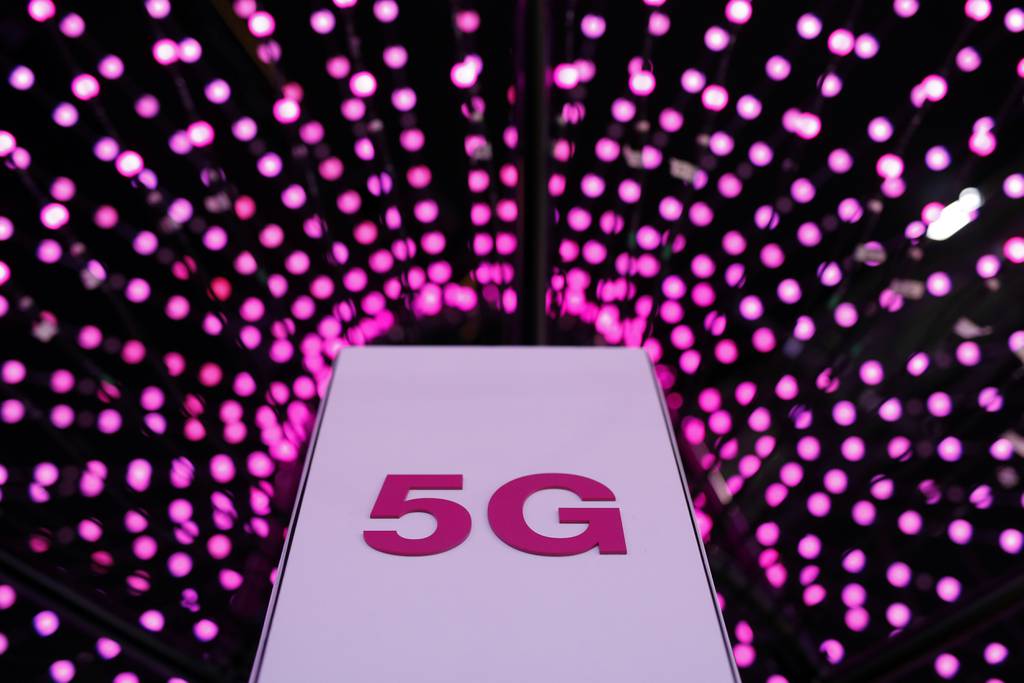WASHINGTON — The Department of Defense unveiled a multimillion-dollar 5G challenge this week that it says will promote the growth and adoption of a fifth-generation open ecosystem and related technologies.
The competition, conducted in collaboration with the National Telecommunications and Information Administration, focuses on open interfaces, swappable and compatible parts, and the development of a diverse, multi-vendor community.
Participants who submit hardware or software solutions for 5G network subsystems that meet exacting criteria will be eligible for awards of up to $3 million, the Pentagon said in an April 6 announcement.
Amanda Toman, DoD’s acting principal director of 5G and similar capabilities, in a statement said the department “is committed to supporting innovation efforts that accelerate the domestic development of 5G and future-G technologies. 5G is too critical a technology sector to relinquish to countries whose products and technologies are not aligned with our standards of privacy and security.”
Fifth-generation wireless technology boasts boosted bandwidth, reduced latency and much faster speeds compared to its predecessors. Those factors make 5G — and what comes after — critical to the Defense Department, which has increasingly emphasized the importance of unrestricted and speedy information sharing.
A closed-off, siloed wireless industry has driven up costs, hamstrung innovation and dulled competition, according to the Pentagon, and the new challenge aims to change that. The National Telecommunications and Information Administration in a video published April 6 said the Defense Department, international allies, network operators and consumers will benefit.
“We will continue our support of all necessary efforts to unleash innovation while developing secure 5G supply chains,” Toman said.
The Defense Department in 2020 said it would invest $600 million in 5G testbeds at five military installations across the U.S. Additional investments were made in 2021.
More recently, the Defense Department announced the establishment of a 5G and Future-G Cross Functional Team that will work to ensure U.S. forces can operate anywhere, including in environments where networks are contested and communication is difficult.
“Today’s operational requirements call for the acceleration of 5G technology with at-scale prototyping and experimentation,” Toman said in a March 9 statement. “The 5G and Future Generation CFT will play a critical role in advancing the department’s 5G and future generation capabilities.”
Applications for the challenge are open through May 5.
Colin Demarest was a reporter at C4ISRNET, where he covered military networks, cyber and IT. Colin had previously covered the Department of Energy and its National Nuclear Security Administration — namely Cold War cleanup and nuclear weapons development — for a daily newspaper in South Carolina. Colin is also an award-winning photographer.








